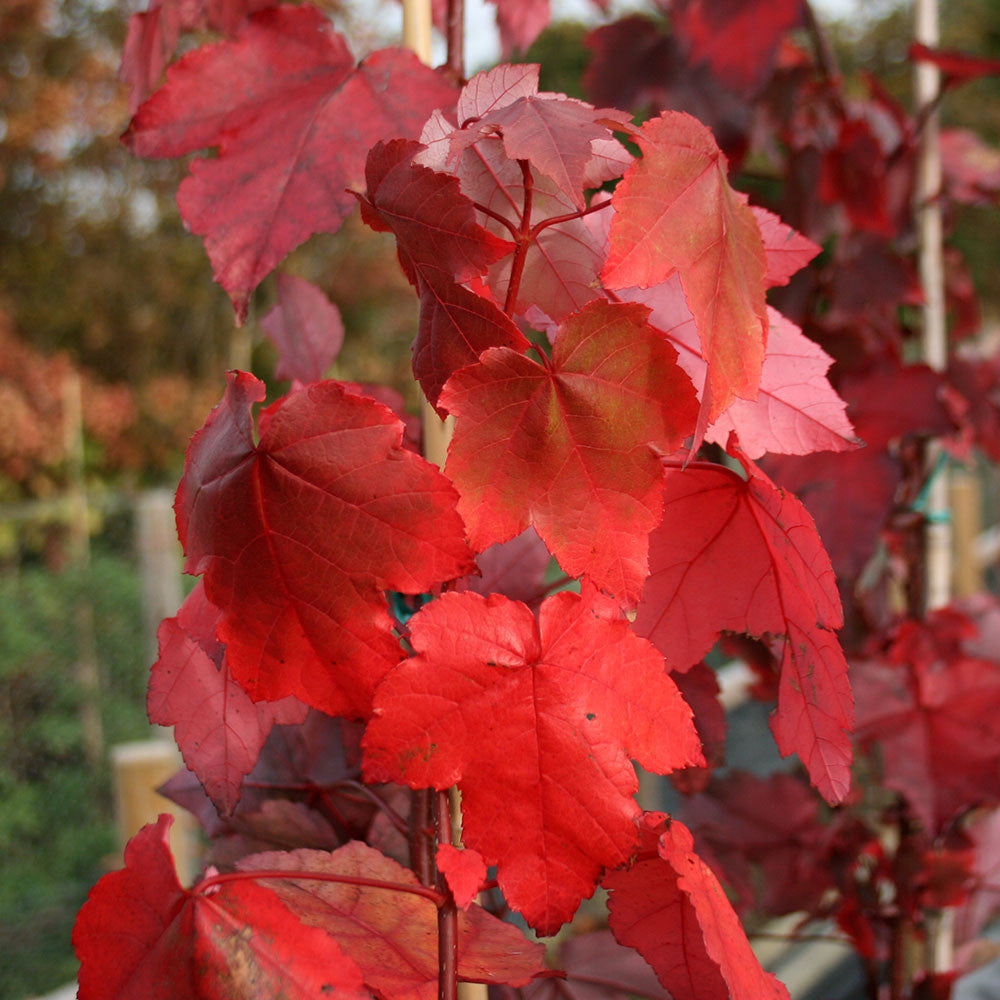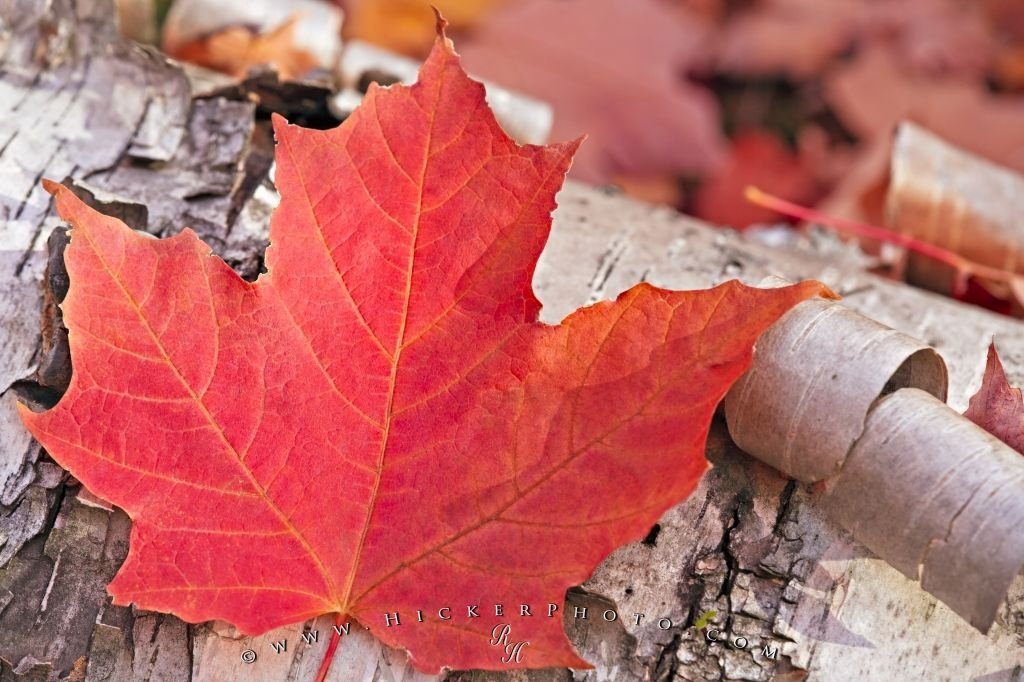

The Symbolism and Spiritual Meaning of Japanese Maple Trees With its rich cultural significance and visual appeal, the Kaede maple has become a cherished symbol of Japan’s horticultural heritage. From residential to traditional Japanese gardens, the Kaede maple tree is a captivating focal point, casting a spell of natural beauty and tranquility. This deciduous tree is valuable in landscaping and gardening due to its graceful form that elevates any outdoor space.

Renowned for its breathtaking beauty, the Kaede maple has delicate, palm-shaped leaves (also known as “baby’s hands”) that display vibrant colors throughout the seasons, including shades of red, orange, and yellow. Its name, “kaede,” translates to “maple” in English. The Kaede maple tree, also known as the Japanese maple (Acer palmatum), is a stunning and highly coveted ornamental tree from Japan. Bonsai trees are commonly present in Japanese homes for reasons related to art and spirituality. In addition, Japanese maple trees are popular choices for home decor, particularly bonsai trees. They can live for a hundred years or more in a favorable environment. For example, Japanese maples prefer (hardiness) zones 5 – 8 in the middle and higher temperature areas. The zone is a geographical area where a given plant can grow based on climate and temperatures. Maples in different countries are appropriate to grow in different zones. Moreover, they can only grow to four to thirty feet in maturity. The Japanese maple tree is a small and slow-growing species that grows at the rate of one to two feet per year. While “Palmatum” means “hand-like,” which refers to the leaf’s shape.Īlthough the Japanese maple tree is native to Japan, China, and Korea, the herb has been mainly cultivated in Japan for a long time. The Latin name for the Japanese maple tree is “ Acer Palmatum.” “Acer” means “sharp,” which references the blades of the leaves.

Let’s take a closer look at what makes momiji unique. It is a popular tradition for Japanese people to celebrate one of the most beautiful features of autumn. Similar to the crowds that gather for hanami in spring, many people in Japan also enjoy the autumn foliage called “momijigari.” Koyo references the autumn season when the leaves change to beautiful colors like purple, gold, and especially red. “Momiji” (紅葉)refers to the brilliant red maple tree, which has the same kanji as “koyo” (紅葉).


 0 kommentar(er)
0 kommentar(er)
